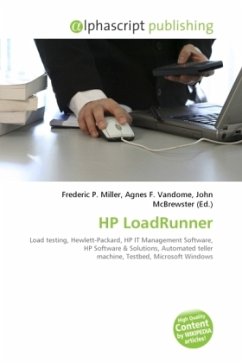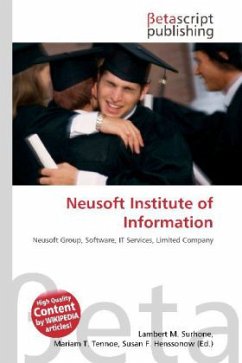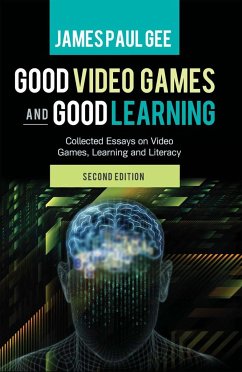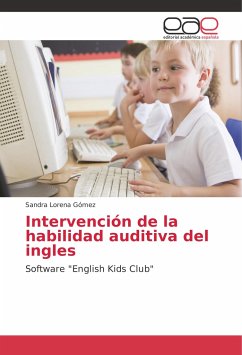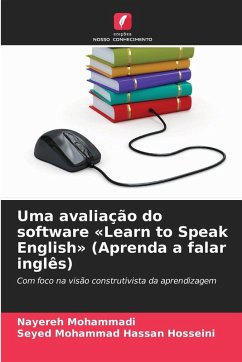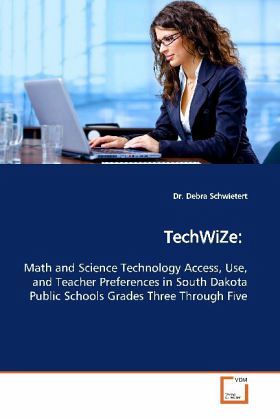
TechWiZe:
Math and Science Technology Access, Use, and Teacher Preferences in South Dakota Public Schools Grades Three Through Five
Versandkostenfrei!
Versandfertig in 6-10 Tagen
32,99 €
inkl. MwSt.

PAYBACK Punkte
16 °P sammeln!
Technology can have a powerful effect on theeducation of our youth. The development of K-12technology standards, state testing of technologyproficiency, and the increasing numbers of computersin homes and classrooms reflects the expandingrelevance of technology in current society. Thisanalysis is based on data from a random sample, whichused a researcher-developed survey instrument. Thesedata reflect how math and science technology, levelsof teacher proficiency, and amount of student accessare used in elementary classrooms. In addition, thismanuscript chronicles teacher demographics, softwarep...
Technology can have a powerful effect on the
education of our youth. The development of K-12
technology standards, state testing of technology
proficiency, and the increasing numbers of computers
in homes and classrooms reflects the expanding
relevance of technology in current society. This
analysis is based on data from a random sample, which
used a researcher-developed survey instrument. These
data reflect how math and science technology, levels
of teacher proficiency, and amount of student access
are used in elementary classrooms. In addition, this
manuscript chronicles teacher demographics, software
preferences, and teacher proficiency levels. A
complete list of software titles and websites used by
teachers are included in the appendix. Professionals
in the education field who are inspired to improve
education with technology will find this book
enlightening.
education of our youth. The development of K-12
technology standards, state testing of technology
proficiency, and the increasing numbers of computers
in homes and classrooms reflects the expanding
relevance of technology in current society. This
analysis is based on data from a random sample, which
used a researcher-developed survey instrument. These
data reflect how math and science technology, levels
of teacher proficiency, and amount of student access
are used in elementary classrooms. In addition, this
manuscript chronicles teacher demographics, software
preferences, and teacher proficiency levels. A
complete list of software titles and websites used by
teachers are included in the appendix. Professionals
in the education field who are inspired to improve
education with technology will find this book
enlightening.




